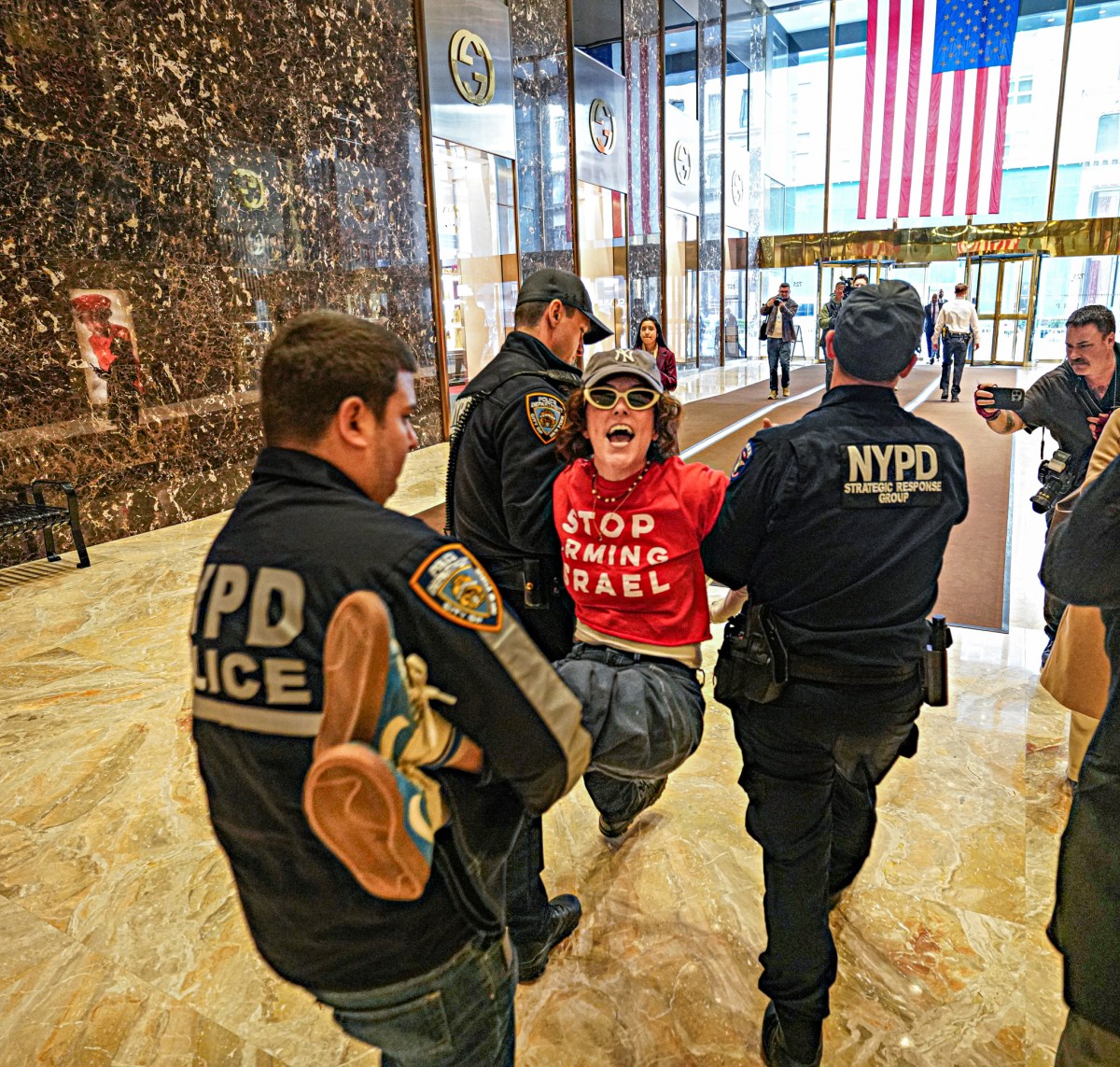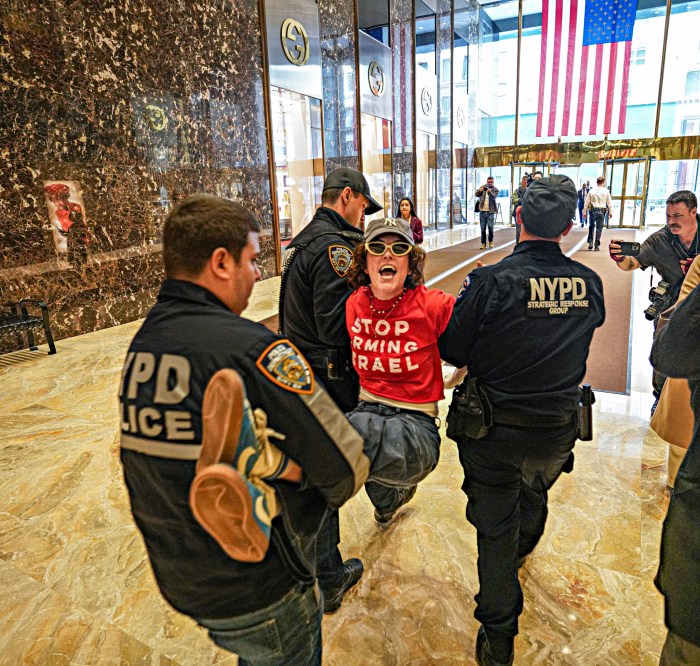The urination that “never seems to end” is the way many men describe one of the most annoying symptoms often caused by benign prostate enlargement. You may not able to judge the strength of your urinary stream but it’s clear that when your flow of urine is reduced to a trickle or a dribble at what you think was the end but the dribble goes on and on despite all attempts to “shake it off.”
What really gets troublesome is when you think you’re through and zipper up only to find that you have wet your pants and must retreat immediately for a quick change. The mechanics of what actually happened in this embarrassing scenario are easy to understand.
First, the enlarged prostate partially obstructs the outflow of urine to the point where the bladder becomes unable to push out all the urine and some remains in the bladder after urination. This urine that remains in the bladder is called the post-void residual. Untreated, prostate enlargement progresses and the amount of post-void residual urine increases. The bladder is still contracting but because of damage to the muscle wall of the bladder caused by prostate obstruction, its contraction has lost some of its force and the result is incomplete bladder emptying with a trickle rather than a stream.
Many men find that sitting to void helps in that they can sit as long as necessary until the trickle finally stops. This is especially helpful during nighttime urination although some men actually report catching themselves from falling off the toilet because they dozed off while sitting and waiting for the dribble to stop.
This maneuver of sitting to urinate doesn’t address the real problem, which is obstruction to the outflow of urine caused by prostate enlargement. At one time, hospitalization for prostate surgery under anesthesia was the only alternative to a lifetime of intermittent self-catheterization or the wearing a permanent uncomfortable catheter with a urine collection device strapped on the leg.
Over the past 10 to 15 years, medications have become available, some to shrink the glandular tissue of the prostate and others to relax the muscle tissue within the prostate.
However, not everyone is able or willing to tolerate a lifetime of drug use and the next best alternative is the use of microwave therapy, a one-time, 30-minute, in-office, non-surgical, treatment, which requires no hospitalization or anesthesia.
Over the past eight years I have found the TherMatrx microwave treatment to be effective well-tolerated, long-lasting and most important, very safe. There has never been any serious adverse effect from the use of TherMatrx reported to the FDA. Patients are happy to be able to go home directly after treatment, urinating on their own without having to wear a catheter and a urinary drainage leg bag.
Have a question? Call Dr. Okun at 718-241-6767






















